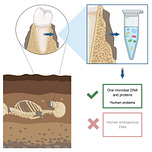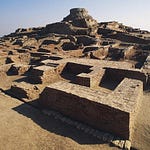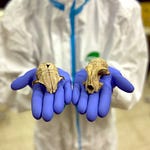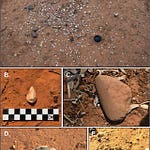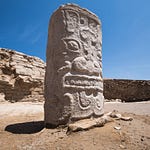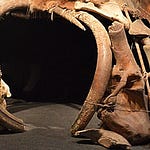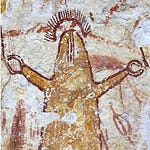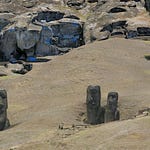The strange chemistry of death
When a body returns to the earth, the process seems irreversible. Soft tissue vanishes, bones crumble, and the once-living network of microbial life dissolves into the soil. But in certain rare cases, chemistry intervenes. Around some burials, minerals crystallize from groundwater, forming dense nodules or crusts called concretions.
These formations, once dismissed as mere geological curiosities, are now revealing themselves as powerful biological archives. A new study published in iScience1 by Biancamaria Bonucci and colleagues has shown that these concretions can entomb ancient microbial DNA and proteins, preserving molecular traces of the organisms that colonized human remains thousands of years ago.
“Concretions act like microscopic vaults,” explains Dr. Luca Ferrini, a biomolecular archaeologist at Sapienza University. “They seal off the molecular history of decomposition, protecting microbial signatures that would otherwise be lost to time.”
The finding bridges two worlds long kept apart: the biology of decay and the geology of preservation.
Listen to this episode with a 7-day free trial
Subscribe to Anthropology.net to listen to this post and get 7 days of free access to the full post archives.

